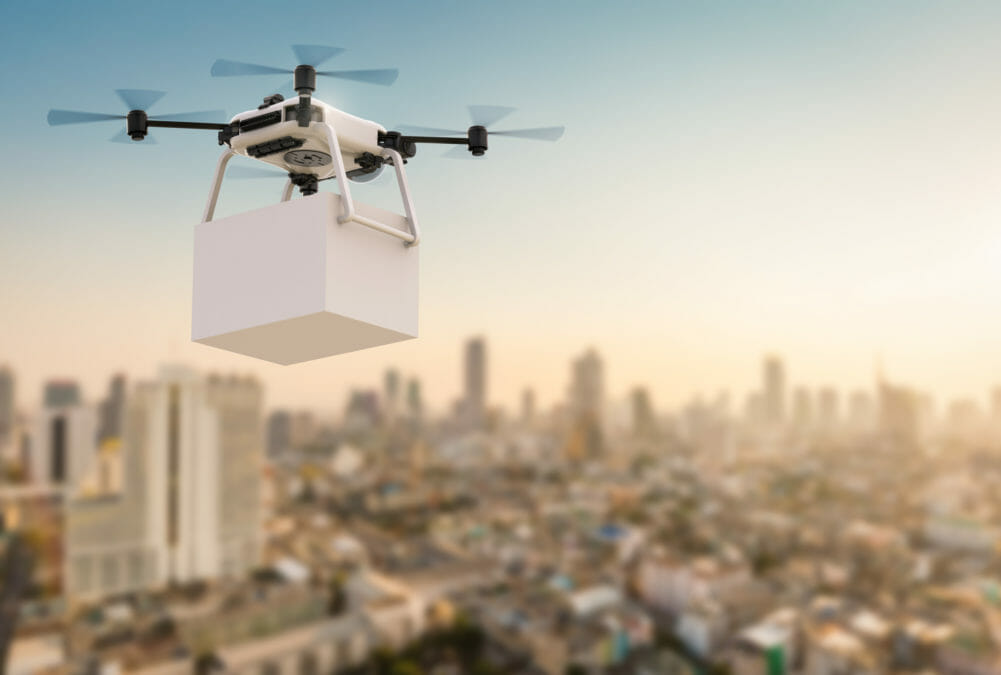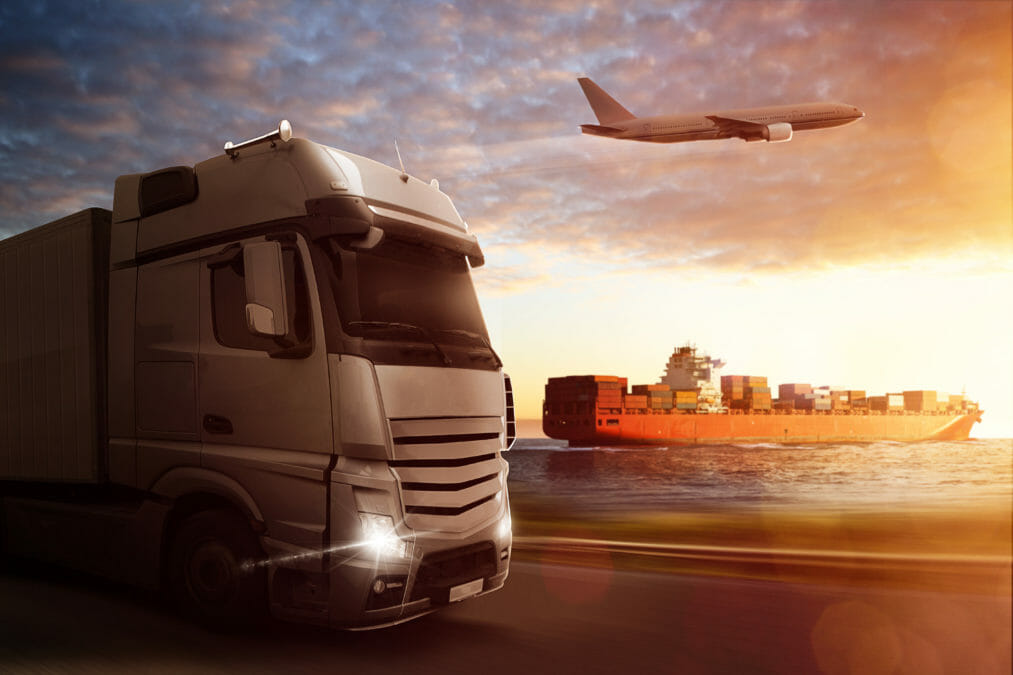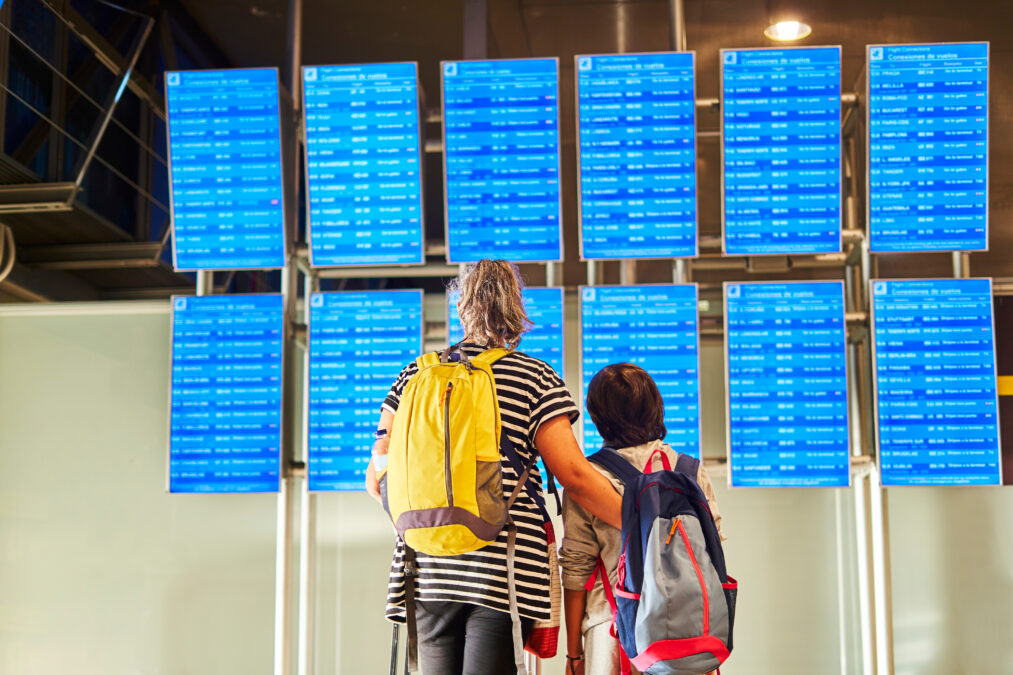In the wake of the coronavirus pandemic, much of the world’s aviation industry has been frozen and fleets grounded. With supply chains around the world being cut off, organisations have needed to innovate their supply chain strategies in order to reach remote locations. As a result, the use of autonomous flying drones has accelerated in a humanitarian effort to beat the crisis.
Zipline, a US-based start-up, is using contactless drone delivery to transport COVID-19 test samples in remote locations across five African countries. Local officials in Chile have launched a pilot drone programme to deliver medications to people living in remote rural areas. This is the first time that drones have been used to deliver COVID-19 test samples and medications, but could autonomous flying drones disrupt the transportation industry, beyond emergency humanitarian operations?
Gartner predicts that in 2026, more than one million drones will be carrying out retail deliveries, up from 20,000 today. The growing adoption of autonomous flying drones will force CIOs in the mobility and transportation industries to rethink their business and operational models to exploit new forms of air mobility and remain competitive.
Autonomous drones offer lower cost per mile and higher speed than vans in last-mile deliveries. When they deliver parcels, their operational costs are at least 70% lower than a van delivery service.
Urban life innovations post-lockdown: Top VCs on the cities of tomorrow
Upgrade your supply chain technologies
Flying drones and robotaxis will enable faster transportation of people and goods, however in order to achieve this CIOs must include air mobility in their supply chain strategies to remain competitive.
Organisations must determine and provide the technologies necessary to introduce autonomous drone delivery as part of their supply chain, such as artificial intelligence (AI) and machine learning (ML); adding them to the roadmap and future budgets.
Full drone automation, as well as shorter fulfilment times, demands the adoption of full digital tracking and location systems for packages, improving the item location tracking of the supply chain. Precise tracking can be delivered by choosing RFID and location-based services.
Redefine your business model
Spanish auto manufacturer SEAT uses drones to fly airbags and steering wheels from a supplier to its Martorell factory. A truck would take 90 minutes from order to delivery, but the drone can make it in just 15 minutes.
Last year, DHL launched a fully automated and intelligent smart drone delivery solution to tackle the last-mile delivery challenges in urban areas of China. DHL states that the service reduces delivery time from 40 to eight minutes for an eight-kilometre distance and can save costs of up to 80% per delivery, with reduced energy consumption and carbon footprint compared with road transportation.
The drone’s high speed, lack of traffic restrictions and low environmental impact means it can easily outpace land transportation. The technology has limitations such as the payload
and delivery range, but the automotive industry’s major push toward electrification will produce new technologies that can easily be adopted in drones.
Inevitably, the growing adoption of autonomous delivery drones will force land transportation companies to incorporate air mobility into their supply chains to remain competitive. However, to stay competitive, the company’s business and operational models must evolve to fully leverage air mobility. For instance, the need for fast and frequent deliveries during COVID-19 are an opportunity for companies to start a drone delivery service that meets customer expectations more effectively.
Beyond the pandemic, companies can consider autonomous flying drones as an opportunity to offer a premium service such as a fast delivery option. Overall, the success of flying drone deliveries depends on a company’s ability to change its business model to make the most of the possibilities enabled by the technology.
The route to a fully autonomous drone and the impact on business
Consider legislation before investing in flying drones
While technical constraints exist, the most serious inhibitor for the deployment of autonomous flying drones is legislation. The most significant regulatory development that will make autonomous drones more viable is the rollout of drone-specific air traffic control systems called unmanned traffic management (UTM) systems. These technologies provide air traffic controllers full visibility over who uses the airspace, as well as automates processes to handle associated flight requests and permissions.
Regulators, such as the FAA in the US, will be gradually enabling new UTM features, but in most major markets, their implementation can be expected to take several years.
The regulatory framework is one of the main obstacles to the mass deployment of delivery drones. Gartner does not expect routine, large-scale autonomous drone flights to be feasible before 2025.
Prepare for the future of autonomous flying drones
The inevitable disruption to the transportation industry is set to alter the way organisations operate their supply chains moving into the future. In order for organisations to improve efficiencies and remain competitive, businesses will be required to evolve their business models to allow for air mobility.
As governments look to regulate this new sector whilst also encouraging innovation and emerging technologies such as the rapidly-developing drone market, it will become essential to follow these regulations imposed in regions of operation. Transportation organisations must plan in advance the technological investments, whilst budgeting for the deployment of regular autonomous delivery drone services to benefit fully from them.











